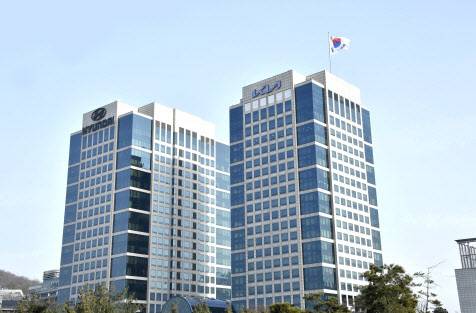Hyundai, Kia achieve record Q2 sales from recovering demand
전체 맥락을 이해하기 위해서는 본문 보기를 권장합니다.
"Even with the global semiconductor shortage problem, and the unfavorable currency rate, we were able to secure the operating profit."
"In the latter half of this year, we will focus on selling high value-added vehicles, such as Sorento and Carnival, and also raise our competitiveness in the electric vehicle market with EV6."
이 글자크기로 변경됩니다.
(예시) 가장 빠른 뉴스가 있고 다양한 정보, 쌍방향 소통이 숨쉬는 다음뉴스를 만나보세요. 다음뉴스는 국내외 주요이슈와 실시간 속보, 문화생활 및 다양한 분야의 뉴스를 입체적으로 전달하고 있습니다.

Hyundai Motor and Kia Motors under Hyundai Motor Group posted all-time high sales in the second quarter this year amid rapidly recovering demand for cars after the COVID-19 outbreak.
In a regulatory filing, Hyundai Motor said it raked in 30.3 trillion won ($26.36 billion) in sales in the second quarter of this year, a 38.7 percent jump from the same period last year. The operating profit reached 1.88 trillion won, increasing 219.5 percent on-year, according to the automaker.
It is the first time Hyundai Motor’s quarterly sales surpassed 30 trillion won, the company said, adding that the second quarter’s operating profit also set a record.
According to Hyundai Motor, the operating profit margin stood at 6.2 percent, rising by 3.5 percentage points from the same period a year earlier, and marking the highest since it was 7.1 percent in the second quarter of 2016.
Hyundai Motor attributed the improvement to a surge in global demand, which helped offset the losses incurred from the unfavorable strong won to dollar environment.
“With the COVID-19-induced base effect, and recovery in global demand, sales significantly grew when compared to the year earlier,” a Hyundai Motor official said.
“Even with the global semiconductor shortage problem, and the unfavorable currency rate, we were able to secure the operating profit.”
In the second quarter, Hyundai Motor sold a total of 1.03 million vehicles, up 46.5 percent on-year, according to the automaker.
In the domestic market, Hyundai said it witnessed growth in the sales of its sport utility vehicles, but the overall sales went down by 11 percent to 200,682 units, dragged down by the semiconductor shortage.
In the global market, sales climbed 73.6 percent to reach 830,667 units, the company added.
Since the semiconductor drought is expected to last and other external risk factors remain, Hyundai said sales in the third and fourth quarters may also be affected.
To offset the risk factors, the company said it will strengthen its vehicle portfolio of SUVs, and also electric vehicles.
Kia also witnessed the best-ever performance in sales and operating profit in the April-June period, making profit with its high value-added models, the company said.
The automaker’s operating profit reached 1.48 trillion won, rising 924.5 percent from the same period a year earlier. The sales went up by 61.3 percent to post 18.33 trillion won, with the net profit reaching 1.34 trillion won, the company said.
Kia sold a total of 754,117 vehicles, with domestic sales accounting for 148,309 of them. The figure was down 8.2 percent on-year, but overseas it witnessed a 70.9 percent jump to sell 605,808 units, the automaker said.
“We were able to expand the profitability, as global demand increased and by value-added selling, though we were affected by the semiconductor shortage and unfavorable currency rate,” a Kia official said.
“In the latter half of this year, we will focus on selling high value-added vehicles, such as Sorento and Carnival, and also raise our competitiveness in the electric vehicle market with EV6.”
By Jo He-rim (herim@heraldcorp.com)
By Jo He-rim(herim@heraldcorp.com)
Copyright © 코리아헤럴드. 무단전재 및 재배포 금지.